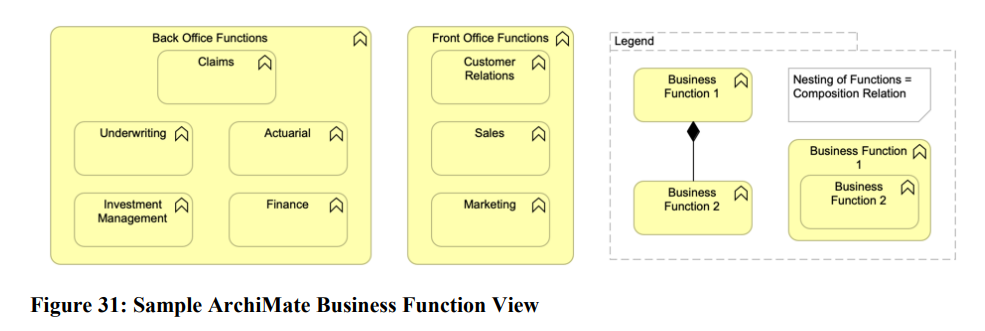Conceptual
WHAT to Implement
Transform the context into concepts, such as products and services and how they relate to one another and the Operations. Note: When every set of connected concepts are connected together, an overall vision for the enterprise emerges.
Conceptual Architecture (Master Solution Architecture)
The Conceptual Architecture has a primary focus of defining the business context of a system and is used to describe the boundaries of the business and ICT environments in which the system will operate.
Stakeholder Catalogue
Mandatory
No
The purpose of the Stakeholder catalog is to identify the stakeholders for the architecture engagement, their influence over the engagement, and their key questions, issues, or concerns that must be addressed by the architecture framework.
Understanding stakeholders and their requirements allows an architect to focus effort in areas that meet the needs of stakeholders (see the TOGAF Standard — ADM Techniques).
Due to the potentially sensitive nature of stakeholder mapping information and the fact that the Architecture Vision phase is intended to be conducted using informal modeling technique
Business Model Diagram
Mandatory
No
Security related?
No
A model describing the rationale for how an enterprise creates, delivers, and captures value.
Business Capability Map
A diagram that shows the business capabilities that an enterprise needs to meet its purposes.
Location Catalogue
Mandatory
Yes
Security related?
Yes
The Location catalogue provides a listing of all locations where an enterprise carries out business operations or houses architecturally relevant assets, such as data centers or end-user computing equipment.
Maintaining a definitive list of locations allows change initiatives to quickly define a location scope and to test for completeness when assessing current landscapes or proposed target solutions.
Functional Decomposition Diagram
Mandatory
Yes
Security related?
No
The purpose of the Functional Decomposition diagram is to show on a single page the capabilities of an organization that are relevant to the consideration of an architecture. By examining the capabilities of an organization from a functional perspective, it is possible to quickly develop models of what the organization does without being dragged into extended debate on how the organization does it.
Once a basic Functional Decomposition diagram has been developed, it becomes possible to layer heat maps on top of this diagram to show scope and decisions.
example view
Example Functional Decomposition Diagram

- Log in to post comments
Role Catalog
Mandatory
Yes
Security related?
Yes
The purpose of the Role catalog is to provide a listing of all authorization levels or zones within an enterprise.
Conceptual Data Diagram
Mandatory
Yes
Security related?
Yes
The key purpose of the Conceptual Data diagram/Information Structure View is to depict the relationships between critical data entities within the enterprise. This diagram is developed to address the concerns of business stakeholders. Refer to DoE Conceptual Information Asset Model (16/489129) and develop project specific view. This view also needs to be included as part of the Information Security Assessment (ISA)